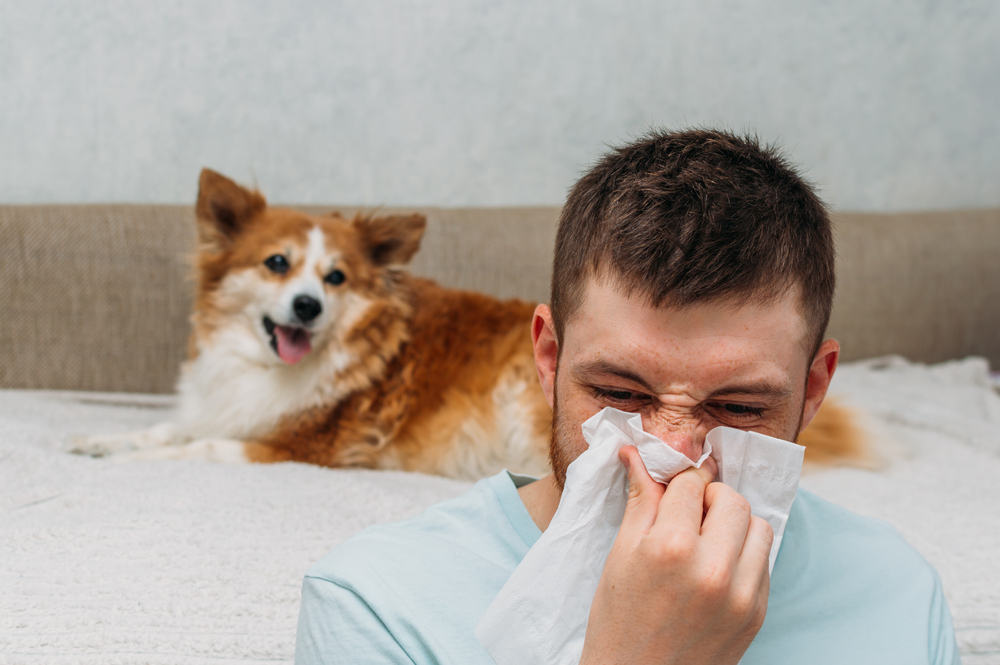
The Truth About Hypoallergenic Dogs: What You Need to Know
Many dog lovers with allergies are drawn to so-called “hypoallergenic” breeds, hoping for a sneeze-free companionship. However, the term “hypoallergenic dog” is largely a marketing myth. Research and expert insights reveal that no dog is completely free of allergens, and the relationship between dog breeds and allergic reactions is far more complex than most people realise.
The Myth of Hypoallergenic Breeds
While some breeds are marketed as hypoallergenic, studies have shown that they do not consistently produce fewer allergens than other dogs. The primary culprit behind dog allergies is not fur itself but Can f 1, a protein found in a dog’s dander (dead skin flakes), saliva, and urine. All dogs produce this protein, regardless of their breed or coat type.
In fact, some studies have found that supposed hypoallergenic breeds can carry even higher levels of allergens on their fur compared to non-hypoallergenic breeds. This means that even low-shedding breeds like poodles, Portuguese water dogs, and schnauzers can still trigger allergic reactions in sensitive individuals.
Individual Dogs, Not Breeds, Matter More
Instead of relying on breed labels, it’s more useful to focus on individual dogs. Some people react more strongly to specific dogs, even within the same breed. For example, a person may experience allergic symptoms around one Labrador Retriever but not another, despite both dogs shedding similar amounts.
Additionally, smaller dogs tend to spread fewer allergens simply because they have less skin and produce less saliva compared to larger breeds. This is why a Chihuahua may cause fewer issues than a Great Dane for someone with allergies.
Managing Dog Allergies
For those who suffer from pet allergies but still want a canine companion, there are several ways to manage symptoms:
- Spend time with a potential pet before adopting. If you or a family member has allergies, interact closely with a specific dog before bringing them home. Some allergists even recommend rubbing your face on the dog to test for a reaction.
- Regular grooming and bathing. Frequent brushing and washing can help reduce the amount of dander and allergens in the home.
- HEPA filters and air purifiers. These devices can help remove pet allergens from the air, making indoor environments more tolerable.
- Allergy medications. Over-the-counter antihistamines, nasal sprays, and allergy shots (immunotherapy) can help allergy sufferers build tolerance over time.
The “Thanksgiving Effect”
Interestingly, allergy tolerance can change over time. Some people develop a natural tolerance to their pets with prolonged exposure, while others experience the opposite—a phenomenon known as the “Thanksgiving Effect.” This happens when someone moves away from a pet and later returns, only to find they’ve become allergic due to the lack of regular exposure.
Final Thoughts
If you’re considering getting a dog but have allergies, don’t rely on hypoallergenic breed claims. Instead, focus on individual compatibility, allergy management strategies, and lifestyle adjustments to find the right balance.
Source: This article is based on insights from The Atlantic, originally published on Pocket. You can read the original article here.





